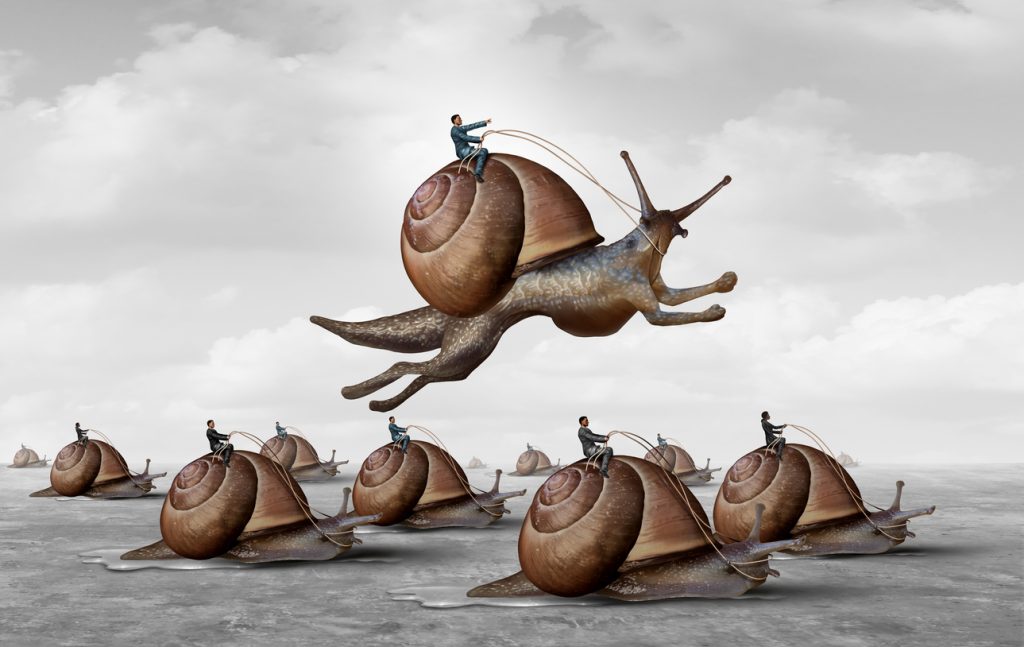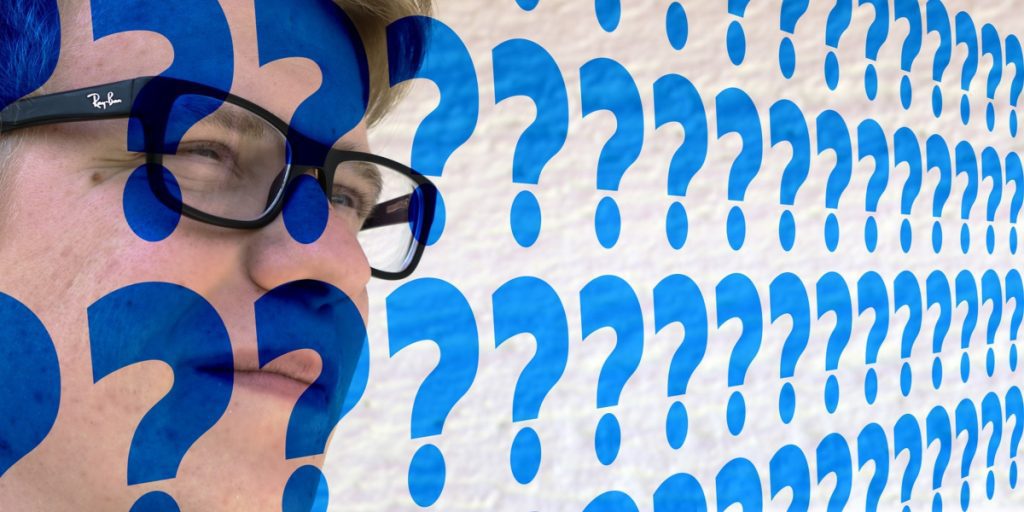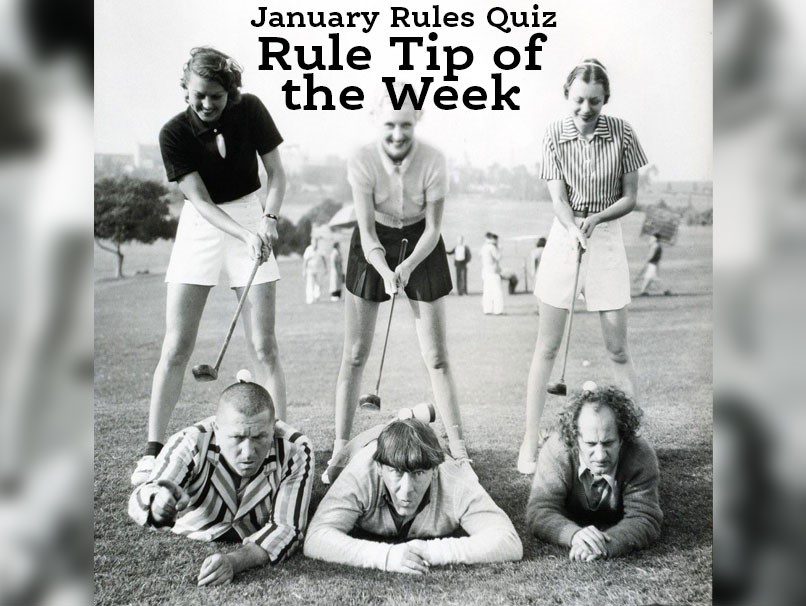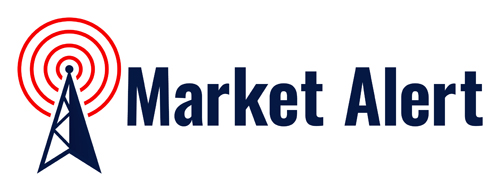Introduction The goal of “Competitive Intelligence Tips and Tools for Canadian Marketing Practitioners” is to help guide you in collecting, analyzing and reporting CI, so that it becomes an efficient process that yields valuable results. The insights provided are based on 35 years experience of providing competitive intelligence support to Canadian corporations, associations and government agencies. Tip: Educate Clients and Stakeholders Frequently there is naivety among requests for competitive intelligence regarding sourcing competitor information and interpreting results. The mindset is “Just ask around and write down your findings . Shouldn’t take that long.” The reality is a far cry from this perception. So you need to make those asking you… Read More
Continue Reading
GIC Rates – How Much Higher Than Their Posted Rates Are Financial Institutions Willing To Offer Customers?
Introduction Given the volatility of the current economy, and the uncertain future actions of the Bank of Canada, more and more investors are seeking safer alternatives to invest their money. Furthermore, while the annual pace of inflation is outpacing the rates being offered by GICs, the guaranteed nature of this investment is appealing for those investors burned by the downturn in the markets this year. No doubt many investors are savvy enough to ask for higher rates than posted. With this in mind, we recently conducted a mystery shop to see how much higher investment advisors financial institutions (FIs) were willing to offer customers than the posted rates. 5 major… Read More
Continue Reading
10 Tips to Kick Off Your Competitive Intelligence Program
Competitive intelligence research can help your company get ahead, but to be effective, it has to be done right. Here are 10 tips to help you kick off your competitive intelligence program.
Continue Reading
Pharma Competitive Intelligence – Digital Marketing Programs
Competitive intelligence tips and examples to help pharmaceutical companies identify competitors’ digital selling programs.
Continue Reading
Competitive Intelligence During COVID-19
Best Practices Identified During COVID-19 Mystery Shopping: Canadian Tire: No delay in ordering / picking up merchandise What happened: L.L.Bean: Making it extremely easy to return clothing What happened: Worst Practices Identified During COVID-19 Mystery Shopping: No Frills: Lack of floor staff results in over-stressed cashiers reacting rudely to customers What happened: Staples: Contact centre not taking calls What happened:
Continue Reading
Investors Group – An Example of Innovative COVID-19 Messaging
Investors Group The page heading, “Helping you navigate uncertain times and stay focused on long-term goals”, is a refreshing change. It brings a sense of control during a chaotic period. This message is reinforced by the Investors Groups’ EVP’s “Market Volatility Update” video with uplifting comments such as, “Equity markets will recover at lightning speed as the coronavirus slows down from its peak.” The 2nd Investors Group’s video, “Recent Market Volatility” makes excellent use of historical charts to demonstrate that markets have always rebounded after a downturn. Investors Group also set up a variety of helpful resources for their clients which will help them manage their financials during the epidemic.… Read More
Continue Reading
5 Pharmaceutical Competitive Intelligence Pitfalls to Avoid
Consider the following pharmaceutical competitive intelligence (CI) scenario: You’re racing against 2 competitors to launch a gene therapy drug to treat diabetes. With so much at stake, your marketing VP gives you the green light to set up a CI program to gain a clearer understanding of these competitor threats. Will you obtain the competitive information that you require to make the best strategic business decisions? Although some pharmaceutical CI programs garner just the right competitive intelligence to allow companies to effectively fight back competitive threats, the majority fail. But why do so many attempts by Canadian pharma companies to set up a CI program fail? Wishful thinking, oversimplifying and lacking… Read More
Continue Reading

8 Key Competitive Intelligence Guidelines to Follow
If your company or organization does not have competitive intelligence rules in place or if the rules are filled with lengthy legalese, please consider incorporating these rules that are easy to read and follow: Do not actively seek to obtain, or gain access to, trade secrets belonging to another company or encourage an employee of another company to do the same on behalf of you. Do not seek to obtain, or gain access to, competitive information from a third party if you believe that information may have been wrongfully obtained. Do not misrepresent your identity or employment, or use false pretexts of any kind, to obtain competitor information. Do not… Read More
Continue Reading